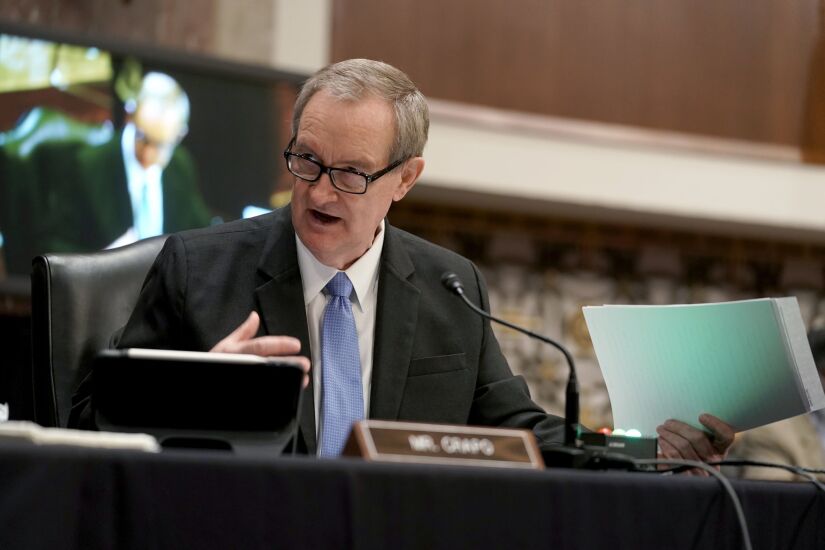WASHINGTON — The Dodd–Frank Wall Street Reform and Consumer Protection Act became law on July 21, 2010. The sweeping reforms established a regime for protecting financial services consumers, tougher supervisory standards for big banks, new rules for swaps traders, procedures for unwinding failed behemoths, and much more.
The landmark law is still mostly intact 10 years later, but there have been notable revisions to federal bank regulatory policy along the way. They include a 2018 regulatory relief bill supported by Republicans and some Democrats that eased certain provisions of Dodd-Frank.
At various times over the past decade, regulators have used authority in the law — as well as preexisting authority — both to strengthen rules and to roll back key requirements such as the Volcker Rule.
The Federal Reserve's stress test process has evolved considerably in recent years, just as the central bank has implemented statutory changes to enhanced prudential standards for large banks.
The Supreme Court, meanwhile, ruled just last month that the leadership structure of the Consumer Financial Protection Bureau was unconsitutional.
Here is a sampling of regulatory policies that have changed since the passage of Dodd-Frank, as well as how some things have stayed the same.
With contributions from Brendan Pedersen, Hannah Lang, John Heltman, Kate Berry and Neil Haggerty.













